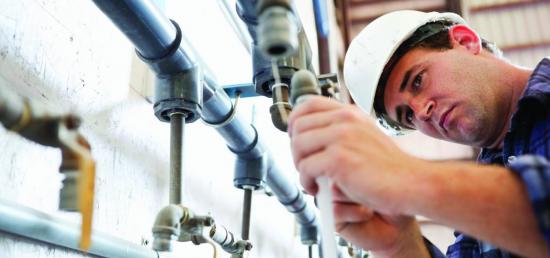Installing an air compressor correctly is essential for ensuring its efficient operation and longevity. The process begins with careful planning and preparation. First, it is important to select an appropriate location that provides enough space for the compressor and associated equipment. The area should be well-ventilated to prevent overheating and positioned on a stable, level surface to reduce vibration. Accessibility for maintenance and repairs should also be considered during this stage, andproximity to power sources and intended points of use. Next, attention should be given to the compressor’s power requirements. Confirming the electrical supply meets the voltage, phase, and amperage needs of the unit is critical to prevent damage and operational issues. It is advisable to consult an electrician to install dedicated circuits and proper wiring if necessary. Grounding the compressor is also an important safety measure to avoid electrical hazards. Additionally, verifying that the power source can handle the compressor’s startup surge is key for smooth operation.

The actual placement and mounting of the air compressor require precision. Once the spot is chosen, the unit must be securely anchored to minimize noise and vibration. This can be done by using mounting pads or vibration isolators that protect both the compressor and the floor. Positioning the compressor away from walls or obstacles will facilitate air circulation around the machine, which helps maintain optimal operating temperatures best site. Proper installation of any accompanying air treatment equipment, such as filters or dryers, should also be integrated into this step. After positioning, connecting the airlines correctly is crucial. Using the right type and size of piping will reduce pressure drops and improve efficiency. It is important to avoid sharp bends or long runs of piping, which can restrict airflow. Installing appropriate fittings and ensuring all connections are airtight will prevent leaks that waste energy and decrease performance. Proper routing of condensate drains is also necessary to manage moisture buildup and prevent corrosion within the system.
Before powering up, it is essential to review all manufacturer instructions and safety guidelines thoroughly. Performing a pre-start inspection to check for loose parts, proper lubrication, and clearances helps avoid operational problems. Initial startup should be monitored carefully, listening for unusual noises or vibrations, and verifying pressure settings and safety controls. Adjustments may be needed to optimize performance and ensure the system functions smoothly. Ongoing maintenance plays a vital role in the compressor’s lifespan. Establishing a routine that includes checking oil levels, replacing filters, draining moisture, and inspecting belts and hoses will keep the system running efficiently. Regularly scheduled professional servicing is recommended to identify potential issues before they cause downtime. With careful installation and consistent upkeep, an air compressor can provide reliable service for years.
